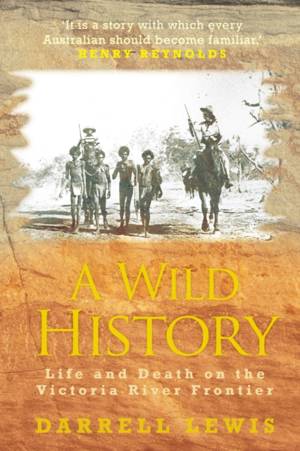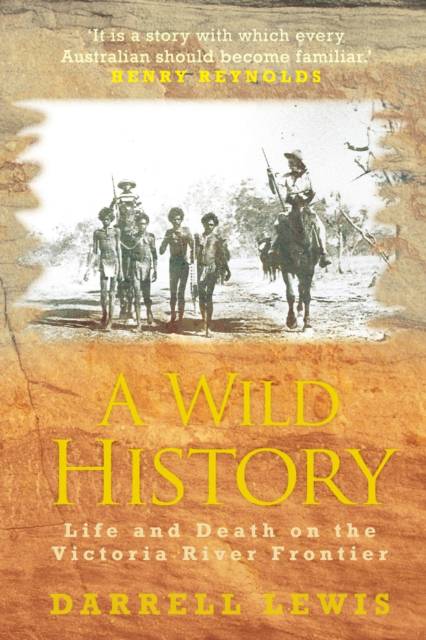
- Afhalen na 1 uur in een winkel met voorraad
- Gratis thuislevering in België vanaf € 30
- Ruim aanbod met 7 miljoen producten
- Afhalen na 1 uur in een winkel met voorraad
- Gratis thuislevering in België vanaf € 30
- Ruim aanbod met 7 miljoen producten
Zoeken
Omschrijving
In 1883, pastoralists began to drive great herds of cattle into the Victoria River District of Australia's Northern Territory. They entered a vast tropical land of big rivers, wide plains, and rugged ranges. It was a cattleman's paradise, but it was also a paradise for the Aboriginal people who had lived there for thousands of years. Each side came to see the other as the serpent in the garden - a serpent that had to be banished - and a 20 year war ensued. The cattlemen won, but it was a pyrrhic victory. The coming of the cattle began the destruction of this paradise for both groups. The frontiersmen who came to the district included cattle and horse thieves, outlaws, capitalists, dreamers, drunks, madmen, and others. Together, they established massive stations of up to 12,000 square miles on the traditional lands of the Wardaman, Nungali, Ngaliwuru, and Karangpurru people. This book examines them all, from the explorers of the 1830s and 1850s, to the founders of the big stations in the 1880s and 1890s, and finally at the 'golden era' of the cattle duffers in the early 1900s. Drawing on painstaking research into obscure though rich documentary sources, Aboriginal oral traditions, and first-hand investigations in the region over 35 years, the book pieces together the complex interactions between the environment, the powerful and warlike Aboriginal tribes, and the settlers and their cattle, which produced what truly became A Wild History. ***"The book is full of intriguing pictures and strange conversations. Laughter and tears are on every page. The narrative hovers on the edge of the unbelievable: the archival references prove the tale. Bushmen, bagmen, cattle-duffers, cattle-spearers - here they are. A Wild History is a triumph of publishing: the recuperation of a well-buried past." Nicholas Rothwell, The Australian, BEST READS FOR 2012. *** "The way Lewis blends lived experience and living stories is fresh and radical. The writing is polished yet unaffected....with good footnotes and a great bibliography." - Labour History, Number 103, November 2012.Ã?Â?Ã?Â?
Specificaties
Betrokkenen
- Auteur(s):
- Uitgeverij:
Inhoud
- Aantal bladzijden:
- 344
- Taal:
- Engels
- Reeks:
Eigenschappen
- Productcode (EAN):
- 9781921867262
- Verschijningsdatum:
- 28/03/2012
- Uitvoering:
- Paperback
- Formaat:
- Trade paperback (VS)
- Afmetingen:
- 150 mm x 234 mm
- Gewicht:
- 589 g

Alleen bij Standaard Boekhandel
+ 64 punten op je klantenkaart van Standaard Boekhandel
Beoordelingen
We publiceren alleen reviews die voldoen aan de voorwaarden voor reviews. Bekijk onze voorwaarden voor reviews.











